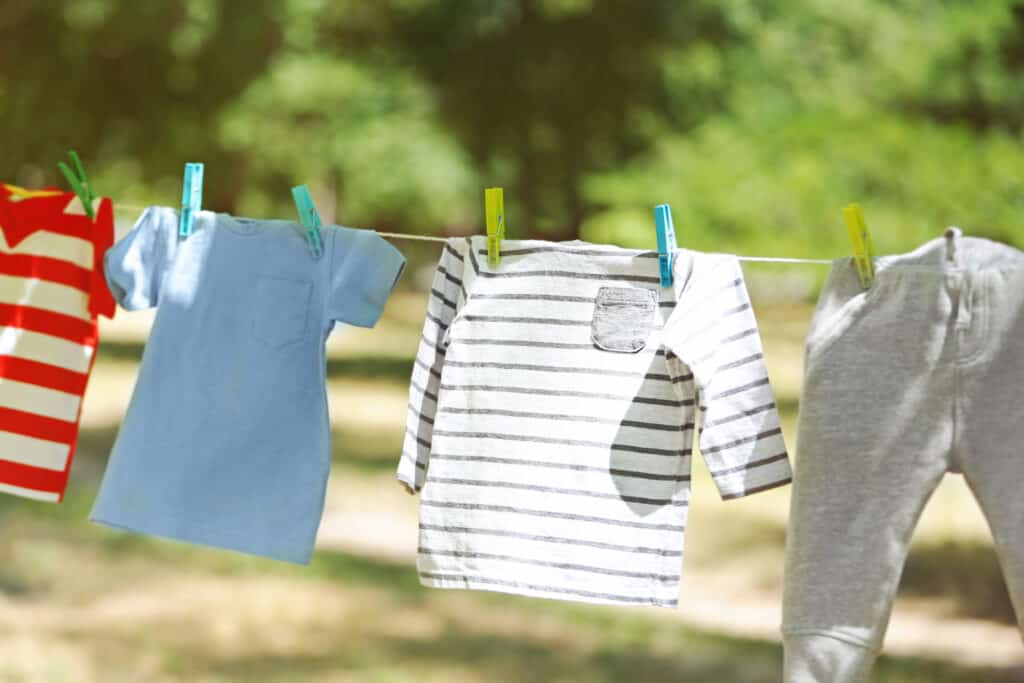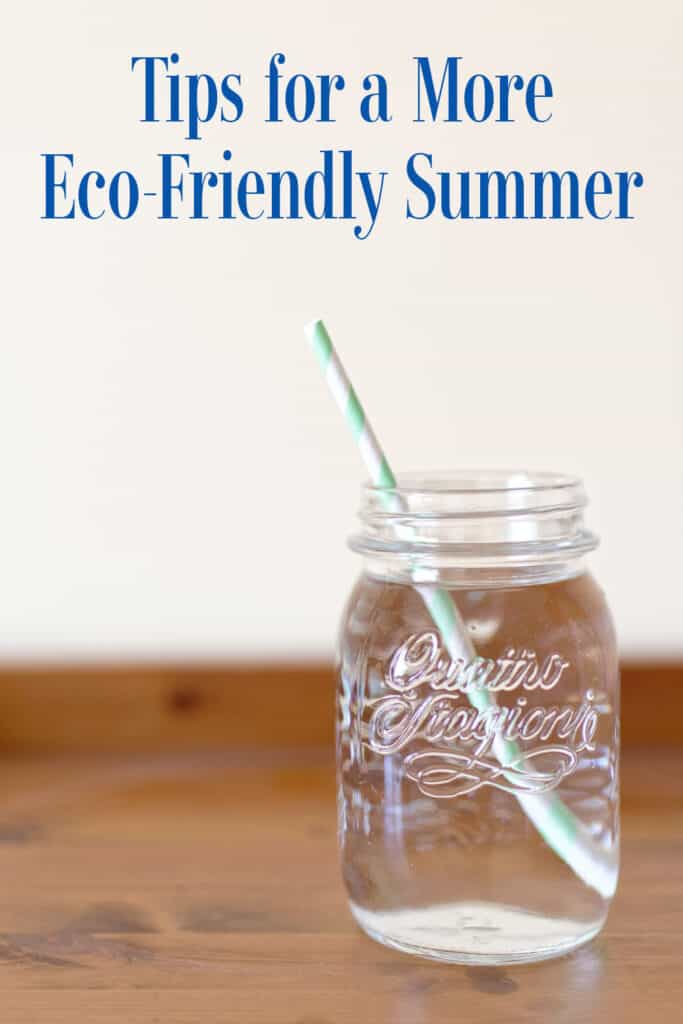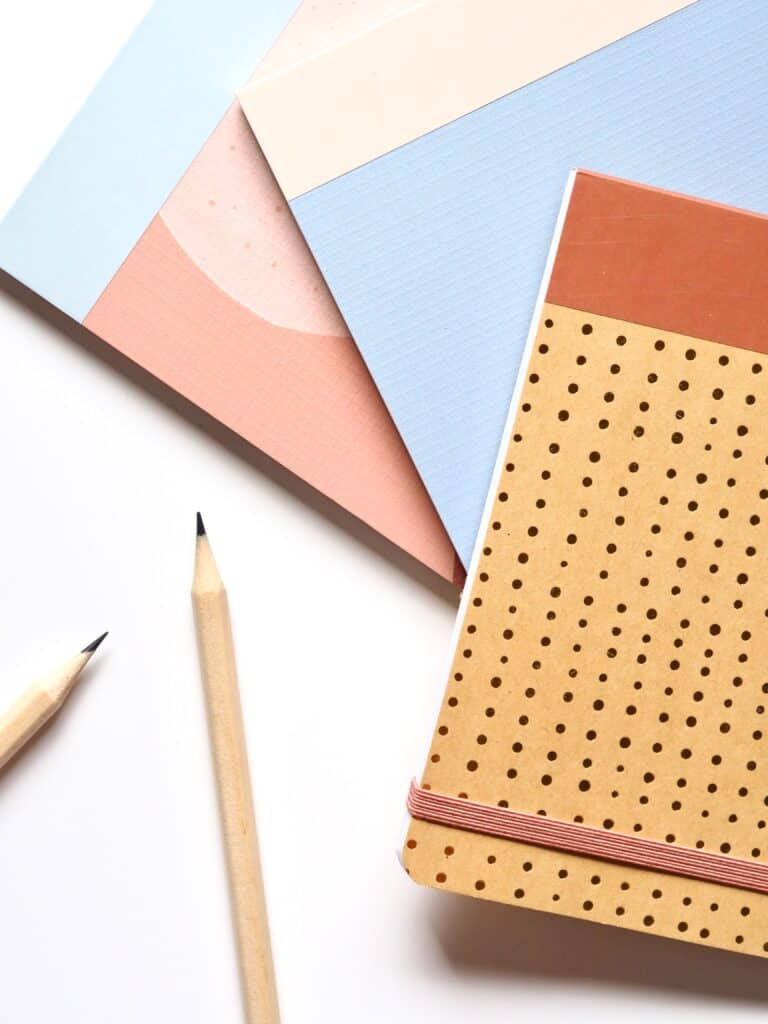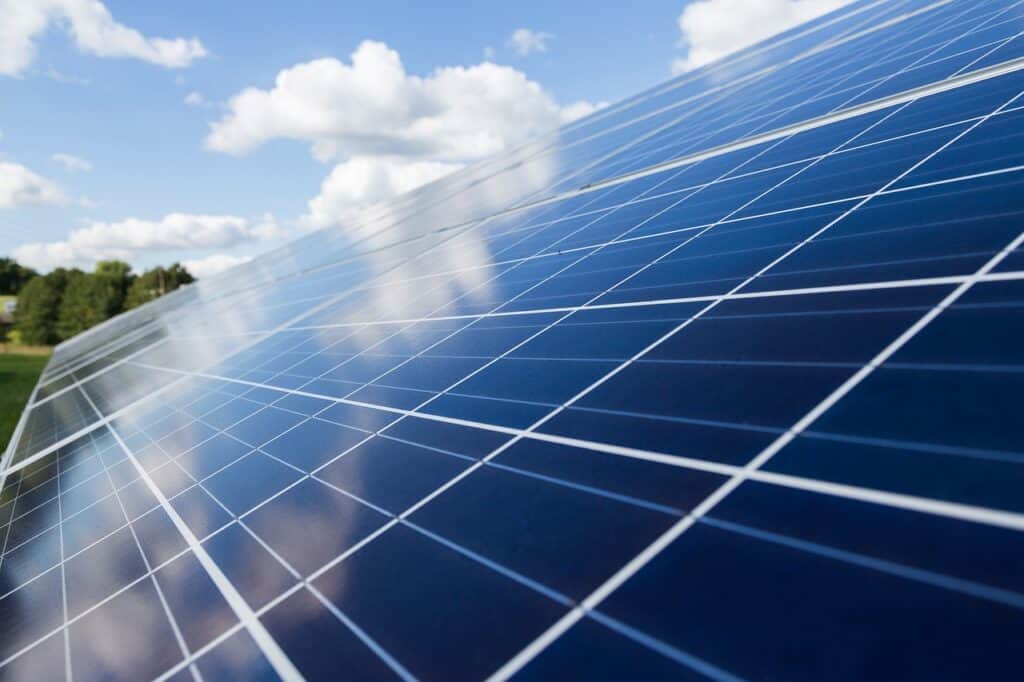Regarding environmentally friendly fabrics, natural fibers like organic cotton and linen are much more sustainable than artificial polyester and nylon. They’re renewable, biodegradable and made from plants.
However, not all natural fibers are created equal. Many are blended with synthetic fabric or require harsh chemicals during manufacturing.
Cotton
Natural fabrics are a key part of sustainable fashion. They are biodegradable and require fewer chemicals to process. They also use less water and generate fewer greenhouse gases than synthetic fabrics. The best options are cotton, wool, linen and hemp. They have been used for thousands of years by people all over the world. They are breathable, quick to dry and have anti-bacterial properties. They are durable and can be recycled or reused again and again.
Cotton has been a staple in human clothing for over 7000 years. Its versatility makes it the most eco friendly fabric for every type of clothing, from workout gear to evening wear. However, conventional cotton has a large environmental impact. Pesticide runoff on cotton farms contaminates rivers, lakes, and underground aquifers, directly affecting biodiversity by killing plants and animals and indirectly by leeching toxic chemicals into the water supply.
Fortunately, the cotton industry is working hard to make cotton more sustainable. One of the biggest challenges is reducing water usage and the amount of pesticides used on cotton fields. Another way is to find ways to process the cotton more sustainably. Some companies have developed methods to recycle the waste from cotton processing, while others are using innovative techniques like corn leather (half real corn and half polyurethane) or cactus leather, which is made from leaves that garment workers cut and then mash, sun-dry, and mix with non-toxic substances to manufacture leather-like fabrics.
Hemp
Natural fibers like hemp can be used to create fashionable, eco-friendly clothing. Hemp is a renewable resource that can be grown without pesticides. It is a great alternative to cotton because it is eco-friendly, biodegradable, and durable. It is also a great fabric for clothing because it breathes and keeps you cool in warm weather and warmer in cold weather. However, it can be expensive because it requires much work to process into fabric.
Hemp is a plant-based textile that has been around for thousands of years. It was a prominent crop throughout the 16th to 18th century in many places, including Asia, Europe and America, before being replaced with cotton due to the invention of the cotton gin. Hemp can be grown organically or using conventional methods. The cultivation of hemp positively impacts the environment because it reduces soil erosion and replenishes soil nutrients.
Clothes made of hemp are breathable and soft, ten times stronger than linen, and they get softer with every wash. Hemp can also be dyed in various colors and is resistant to mold and mildew. It’s also naturally antimicrobial and doesn’t generate lint.
Hemp also has a long history of use as anything from rope for ships to sails, military uniforms, and even the omega-rich hemp hearts sold at Whole Foods and health stores today. With the recent legalization of hemp production and growing pressure on fashion brands to adopt sustainable practices, hemp is becoming a popular fabric among eco-conscious consumers.
Bamboo
Bamboo is becoming more popular in clothing, towels, and rugs because it’s antifungal and antimicrobial, takes half the time to dry as cotton does, and can protect against ultraviolet light. But, despite being a naturally renewable resource, most bamboo fabrics you’ll find in stores are chemically processed and thus not eco-friendly.
The most common way to make bamboo fabric is by using the same chemical process used to create viscose rayon from other cellulose fibers, which destroys many of the natural characteristics of the plant. This is a huge problem because chemicals like sodium hydroxide (lye) and carbon disulfide are released into the environment. And since the resulting toxic wastewater can’t be recaptured or recycled, it’s dumped into waterways—harming the environment and local fish populations.
Another problem is that bamboo fabric often comes from China, where farmers clear bamboo forests to make room for crops and have been accused of endangering panda populations. If you’re looking for a truly sustainable bamboo option, look for a label that says “bamboo linen” or “bamboo lyocell,” made by a closed-loop method.
Both bamboo lyocell and bamboo linen are technically bamboo cellulose fibers, but the former is made by chemical means and the latter by mechanical means. This difference makes a big difference in sustainability: The more energy-intensive processes create more waste and require a lot of transportation, a major carbon emission source.
Tencel
Tencel is a soft and durable natural fiber that has become a popular alternative to cotton. It is breathable, manages moisture, and can be dyed to create bright colors. It also doesn’t wrinkle easily, and it holds its shape well. It is often blended with other sustainable fabrics, such as organic cotton, for added strength and a smoother hand. When buying Tencel, look for the TENCEL label to ensure the material is sustainably made.
Like rayon and viscose, tencel is a cellulose fiber made from wood pulp. The pulp is dissolved in a chemical solvent, pushed through small holes to form fibers, then chemically treated and spun into yarn before being woven into cloth. Tencel is made from eucalyptus trees harvested through sustainable, responsible forestry practices. The process used to produce tencel is known as closed loop, which recycles and reuses 99.5% of the water and chemicals used in production, significantly less than the 99% of energy and water used to make cotton.
While Tencel is considered eco-friendly, it ranks less highly than top-tier eco-friendly fabrics like organic linen. The process that produces Tencel requires more water and energy than other plant-based materials, and the eucalyptus trees needed for the pulp are expensive and require substantial upkeep.






I’m a big believer in natural fibers for clothing. I never buy anything that has any kind of plastic in it.
Natural fibers are best for the skin than artificial ones. I love pure cotton cloths. Thanks for sharing
A clear explanation of eco-friendly fabrics. I try for so many other aspects my life to be environmentally responsible – I need to remember this article the next time I go clothes shopping.
It’s great there are more options when it comes to natural fabrics. I mainly have products that are cotton and also a few that are from bamboo.
Oohhhh…it’s my first time hearing of tencel. I hope it feels as good and as therapeutic as the real cotton!
An insightful overview of environmentally sustainable textiles. Given my commitment to eco-conscious choices in various areas of my life, I should keep this article in mind for my future clothing purchases.
Cotton still rules the day, but I expect to see these others, hemp and bamboo, in more things going forward. They each offer clear advantages to cotton.
I appreciate selecting more eco-friendly fabrics for many reasons. I’m a huge fan of tencel sheets and fabric. I’ve run a chain of mattress stores for years and lots of the brands are switching the mattress fabrics to bamboo and tencel for sustainability reasons.
I’ve noticed an increasing number of bamboo-based products lately, ranging from toothbrushes to clothing. While bamboo is a popular choice for textiles, it’s worth noting that most bamboo fabrics are not environmentally friendly. This is due to the chemical processes used to manufacture them, as well as the clearing of bamboo forests.
I love the idea that these fabrics are biodegradable and require fewer chemicals to process. I’m familiar with hemp, but I didn’t know that cotton fell into this category. I learned something new.
I’m a big fan of sustainability, and those eco-friendly fabrics are always my top choices. Yet, some of them are expensive to buy..
I’ve always been fond of wearing and sleeping in natural fibre fabric. Your article was very helpful
I’m trying to add more sustainable/natural fabrics to my closet. I always wondered what tencel was, so now I can buy it with confidence!
Very interesting, honestly, I don’t know a lot about the fabrics but it was good to know from your post.